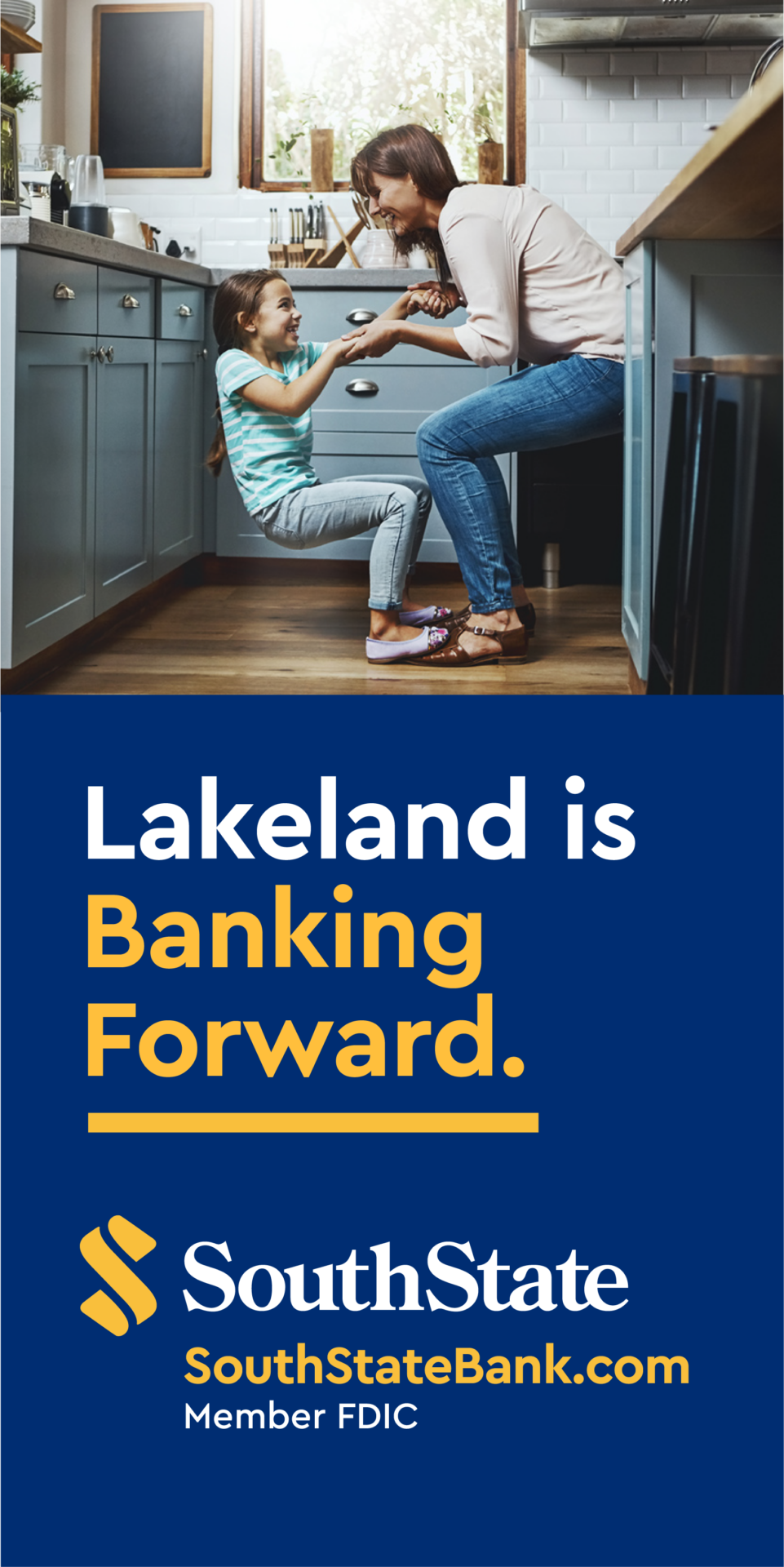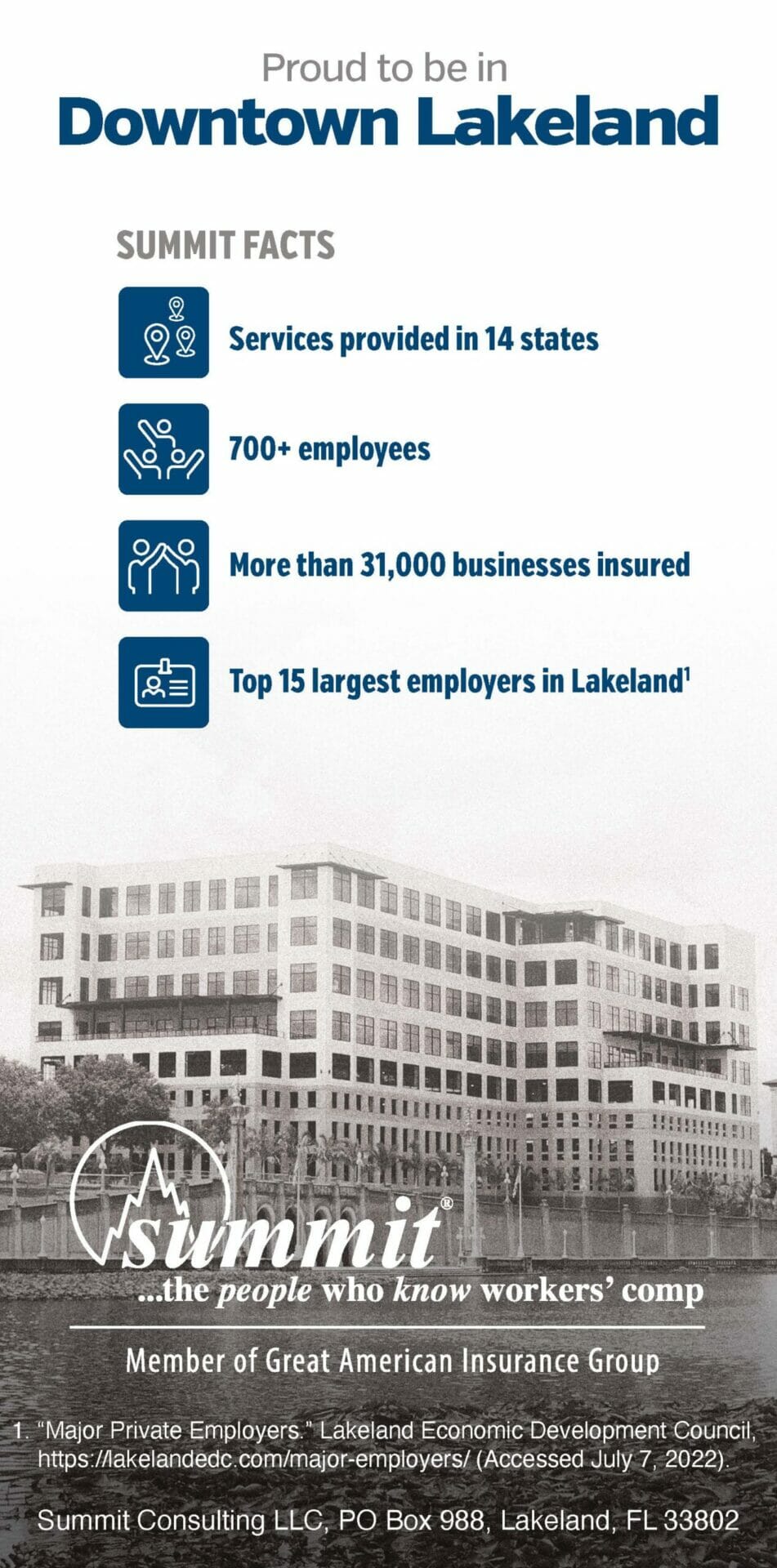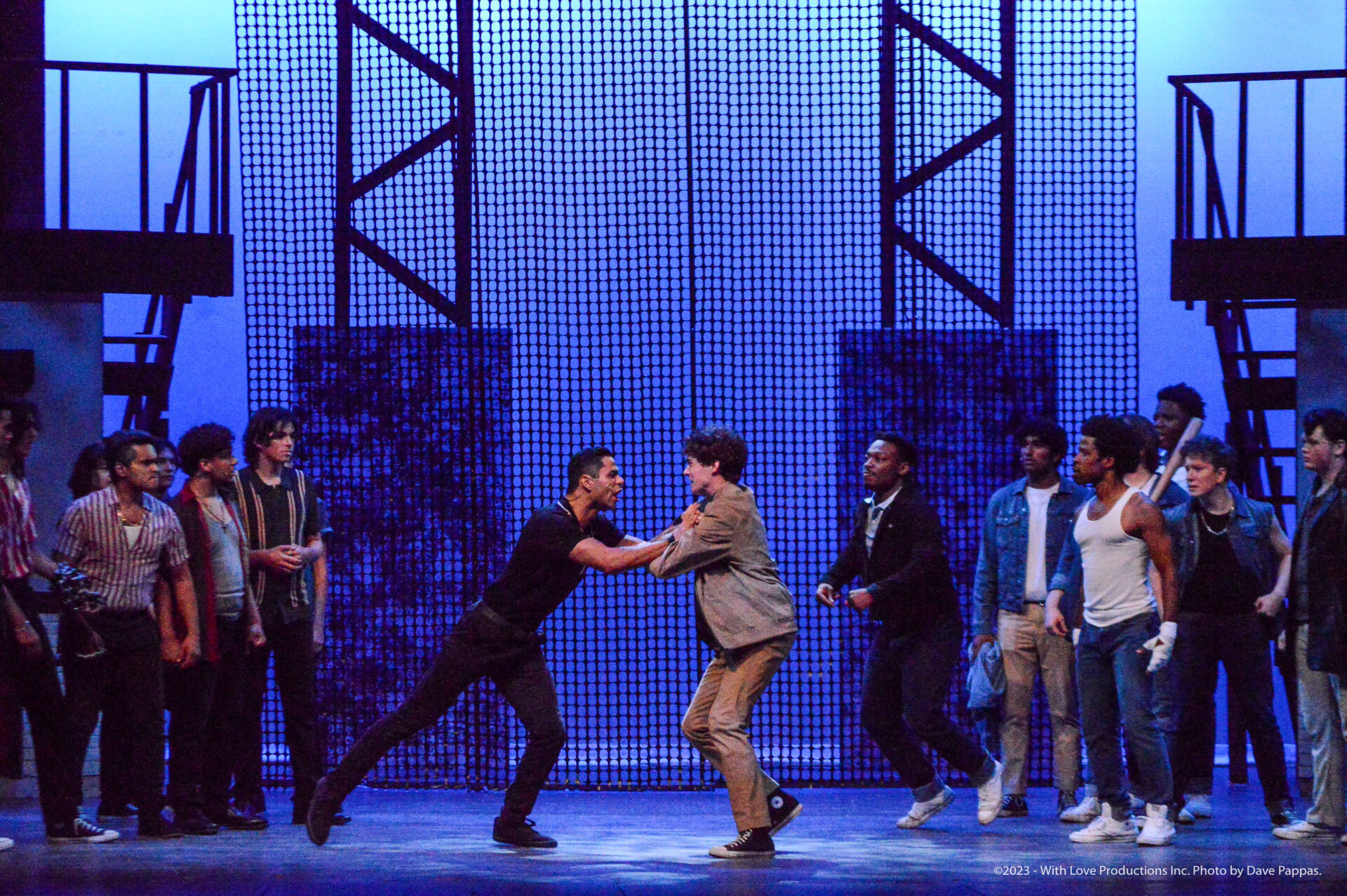
Why the Arts Matter, Including the Undeniable Economic Impact
Even if these events and programs are not the primary factor for bringing in visitors to the area, they do have value. Mark Jackson, Director of Tourism and Sports at Visit Central Florida, recognizes the role that arts and cultural heritage events have for those looking to enhance their visit to our area. Jackson also acknowledges that the variety of arts and cultural experiences is important.
“Our offerings are unique, diverse, and family-friendly,” he said. ”From the stage to more static exhibits, Polk has a lot to offer our residents and visitors alike.”
Alex Rich, Executive Director and Chief Curator at the Polk Museum of Art, concurs, noting that he often hears a familiar refrain.
“Many visitors and community members are aware of how having a museum like ours in this county—in Central Florida even—offers not merely a reason to stay here but also for folks to move here,” Rich said.
The experiences provided by the Polk Museum of Art, as well as other arts and cultural organizations, is positioning Lakeland (and Polk County) as a destination for arts and culture. The museum, which is in the midst of a 10,000-plus square-foot expansion, has hosted notable exhibits with sculptures by Rodin and most recently, work by American art icons Norman Rockwell and N.C. Wyeth.
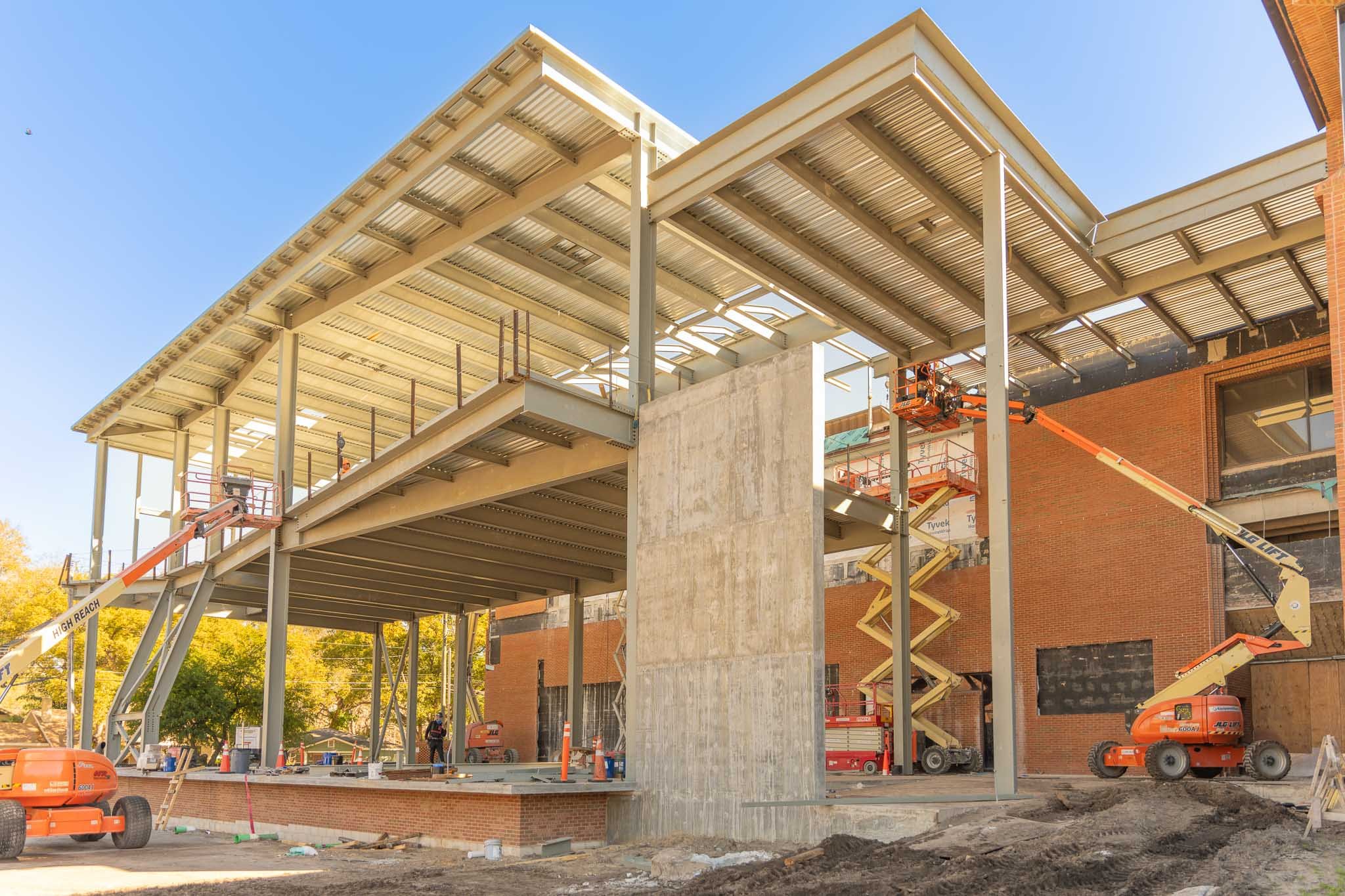
““The process of making art teaches creativity, problem solving, working with others—all skills that employers are looking for.“
– Beth Cummings, Senior Director of Fine Arts at PCPS
An Economic Reality
An often-overlooked fact is that arts and culture not only provide entertainment opportunities and cultural experiences, but they can also be a boon for business. And while the Polk Arts & Cultural Alliance and Florida Southern College are conducting a study to determine current economic impact information, state economic data can provide keen insight into how arts and culture can benefit a local economy. According to a 2023 report by Americans for the Arts, Florida’s arts and culture sector generates 4.7 billion dollars annually in economic activity—including providing for more than 240,000 jobs state-wide.
These numbers and their connection to a healthy local economy do not go unnoticed by local elected officials. A truly vibrant and economically sustainable creative culture often requires municipal investment. Lakeland Mayor Bill Mutz believes that the city has a stake in developing this culture.
“The reality is we need to support fledgling start-ups, as well as well-established providers, to expand how art is provided to Lakeland citizens,” he said.
Hence the City of Lakeland’s commitment to supporting local arts and cultural nonprofits by providing grant funds facilitated by the Mayor’s Council on the Arts. Kerry Falwell, the CEO of the Florida Children’s Museum and Chair of the Lakeland Mayor’s Council on the Arts, appreciates the city’s investment in arts and culture.
“Lakeland’s nonprofit arts organizations put almost $17 million into the City economy each year,” she said. “The $250,000 of city tax dollars that are designated to support nonprofit arts in Lakeland is an important and appreciated part of that story.”
Painting a Bigger Picture
Arts and cultural opportunities not only grow the economic bottom line, they also contribute significantly to Lakeland’s quality of life. This includes even the youngest Lakeland citizens. In her role at the Florida Children’s Museum, Falwell is intimately aware of the importance of making sure that children have access to experiences that enhance young brain development. “Children with access to creative, expressive experiences during this period of brain development are more likely to succeed, and that’s why the Florida Children’s Museum curates experiences for children to practice creative exploration in a variety of ways,” she notes.
It’s critical that creative exploration continues as children get older, which is why providing more art experiences in local schools is necessary to develop well-rounded students. Beth Cummings, Senior Director of Fine Arts at Polk County Public Schools, has devoted her life to ensuring all students have access to arts education.
“The process of making art teaches creativity, problem solving, working with others—all skills that employers are looking for,” Cummings said.
Data supports this as well: Students engaged in arts learning have higher GPAs and standardized test scores, as well as lower drop-out rates.
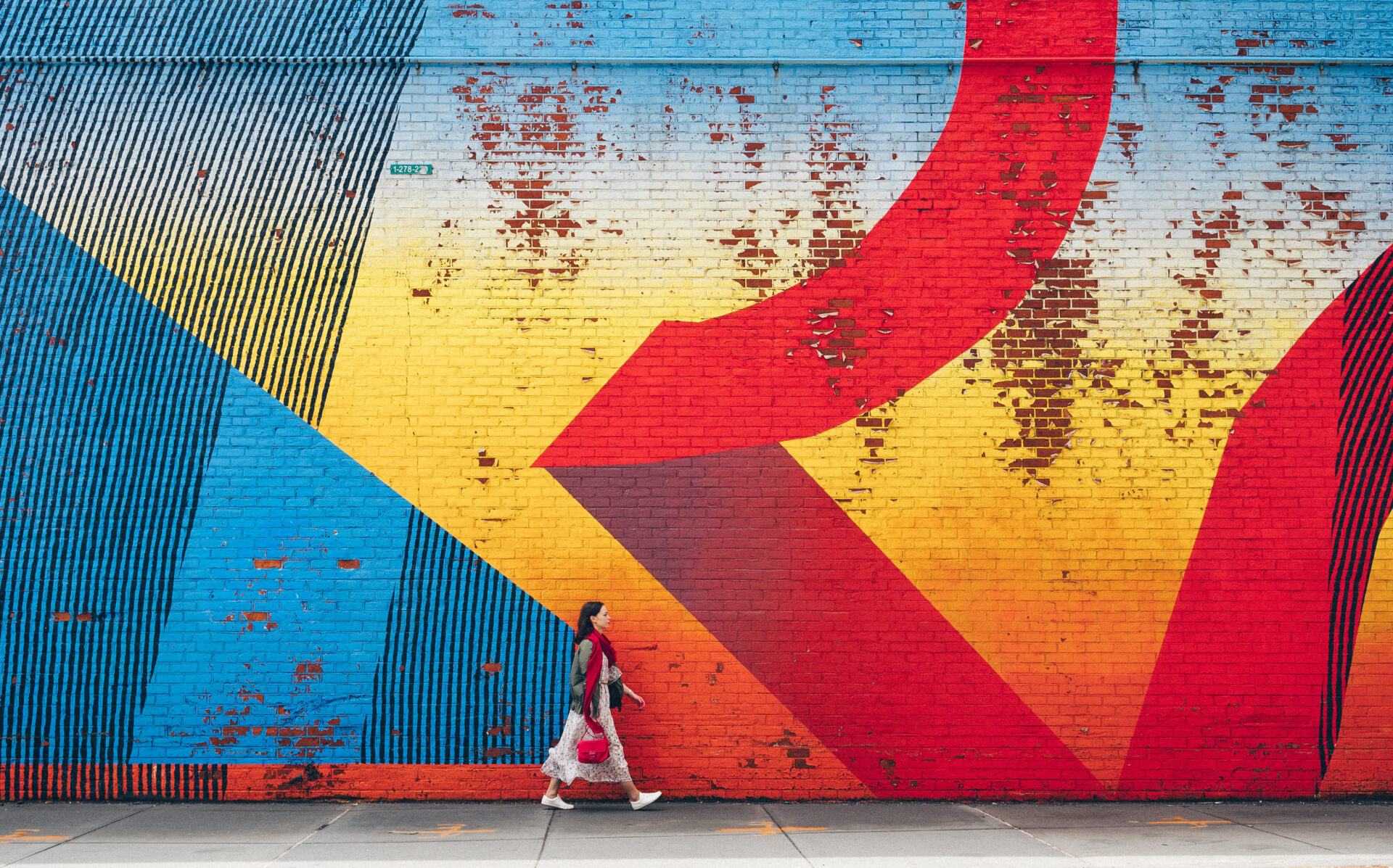
An Even Bigger Picture
But beyond an incentive to move to Lakeland, contributing to a thriving economy, or being an asset to the educational community, arts and cultural experiences also provide a creative outlet for community members. Simply put, they bring fullness to our lives. Kemp Brinson, a Lakeland-based attorney, believes his experiences working with Theatre Winter Haven are foundational to creating community. “Without a doubt,” he said, “Theatre Winter Haven is why I still live in Winter Haven 20 years after moving here. I met my wife there. My social network is there. We create families, both literally and figuratively. We build life-long bonds.”
Brinson’s point—that local arts and culture provides both tangible and intangible benefits—is an important aspect of why the arts matter. They offer artists a community of like-minded practitioners. They create a culture of unity and acceptance. In other words, they make our home more like a home.
So go ahead, step outside and belt out: “Do you hear the people sing?” But don’t be surprised if a chorus sings back, “Yes, yes we do!”


